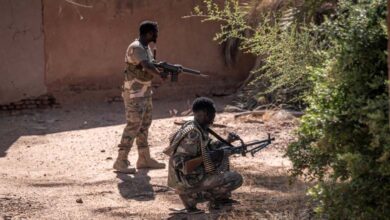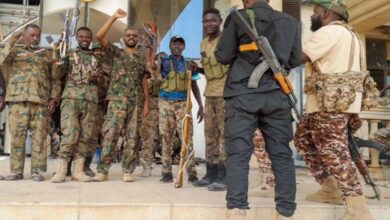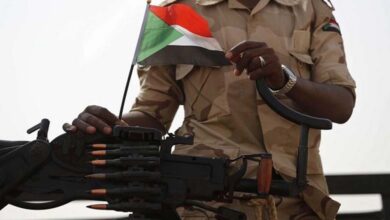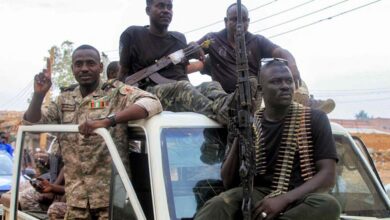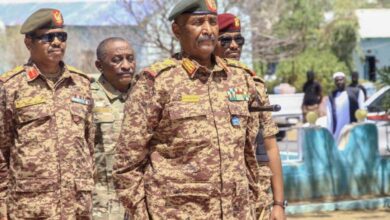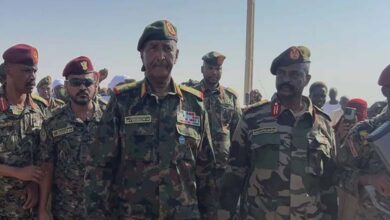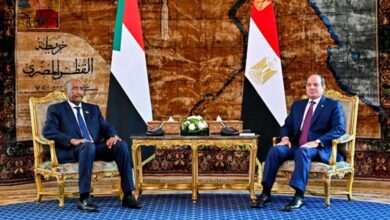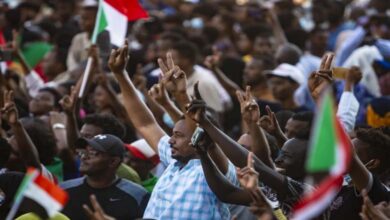B-2 Over Iran: Pilot Comfort Was Part of the Strike Plan
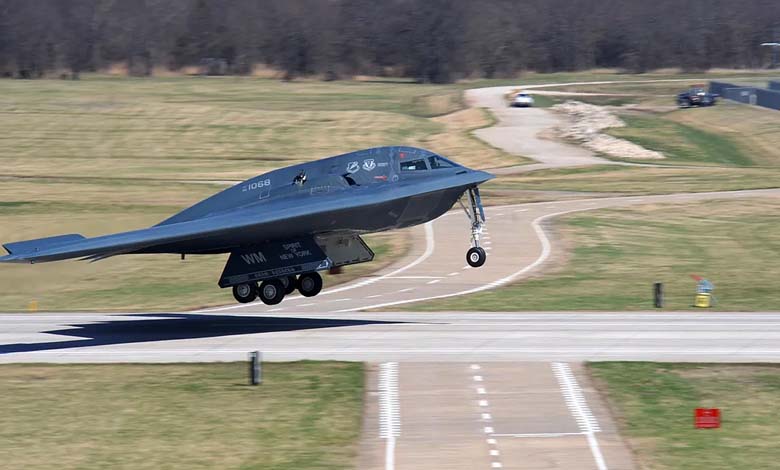
Pilots aboard U.S. stealth bombers B-2 embarked on a grueling journey to strike Iranian nuclear facilities during the “Midnight Hammer” operation.
The round-trip flight from Whiteman Air Force Base in Missouri to Iran and back lasted 37 hours—one of the most demanding missions ever undertaken by these aircraft.
-
Trump announces destruction of Iran’s nuclear capabilities in a series of US strikes
-
If Trump refuses to strike Fordo.. What are Israel’s alternatives?
To ease the strain of such a long mission, the bombers were equipped with onboard restrooms, microwave ovens, and small refrigerators for light snacks, according to The New York Post.
Officials stated that the advanced B-2 bombers took off last Friday on a global mission that required multiple midair refuelings. The cockpits were modified to allow the two crew members to rest and maintain alertness throughout the flight.
-
Russia Warns Against Using Tactical Nuclear Weapons to Strike Iran’s Fordo Facility
-
Iran’s Fordow… a secret beneath the mountain impervious even to the most powerful bombs
Each B-2 Spirit bomber includes a toilet and enough space for one pilot to sleep while the other flies. These aircraft are essentially flying long-haul cabins with high-tech weaponry.
The B-2 first entered service in 1997 and costs over $2 billion per unit. The U.S. Air Force currently maintains a fleet of 19, after losing one in a 2008 crash.
According to the Telegraph, the seven B-2s involved in the Iran strike flew in near silence, with the two-person crews alternating between flying and resting during the tense overnight operation.
-
Israeli or American Strike… How Is Iran Preparing for the Worst-Case Scenario?
-
Washington Conditions Any New Nuclear Deal with Iran on Enrichment Oversight
The 37-hour flight that included the Fordow bombing marks the B-2’s longest mission since the opening of the U.S. campaign in Afghanistan following the 9/11 attacks.
As The Atlantic reported, B-2 pilots undergo specialized training to endure such long and taxing missions.
General Daniel Keene, Chairman of the Joint Chiefs of Staff, stated that “the B-2s met with escort and support aircraft in a tightly timed and highly coordinated maneuver across a narrow airspace—executed with minimal communication.”
-
Between Escalation and De-escalation: How Will Trump Handle Iran?
-
U.S. Strikes on Houthi Weapon Depots in Yemen
The 25-minute strike inside Iran began at 6:40 p.m. Eastern Time. A primary B-2 bomber dropped two GBU-57 bunker-busting bombs on Fordow, followed by the remaining six bombers targeting two additional nuclear sites with a total of 14 more bombs—each weighing 15 tons.
This mission marked the first combat use of the massive GBU-57 bomb, specifically designed to penetrate heavily fortified underground bunkers.


